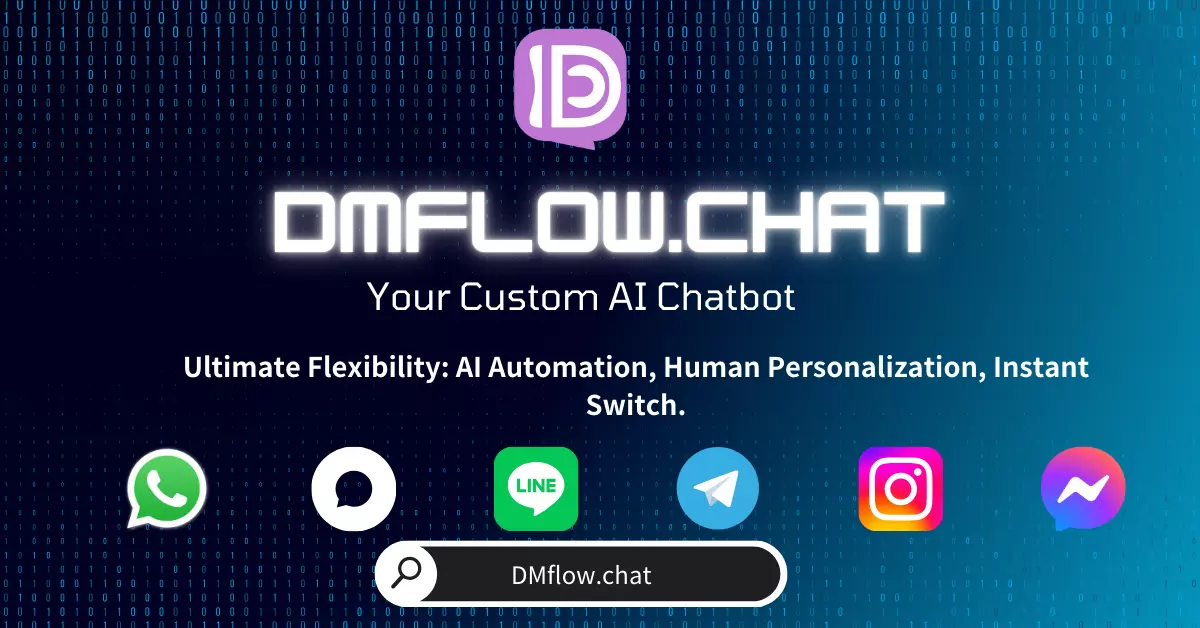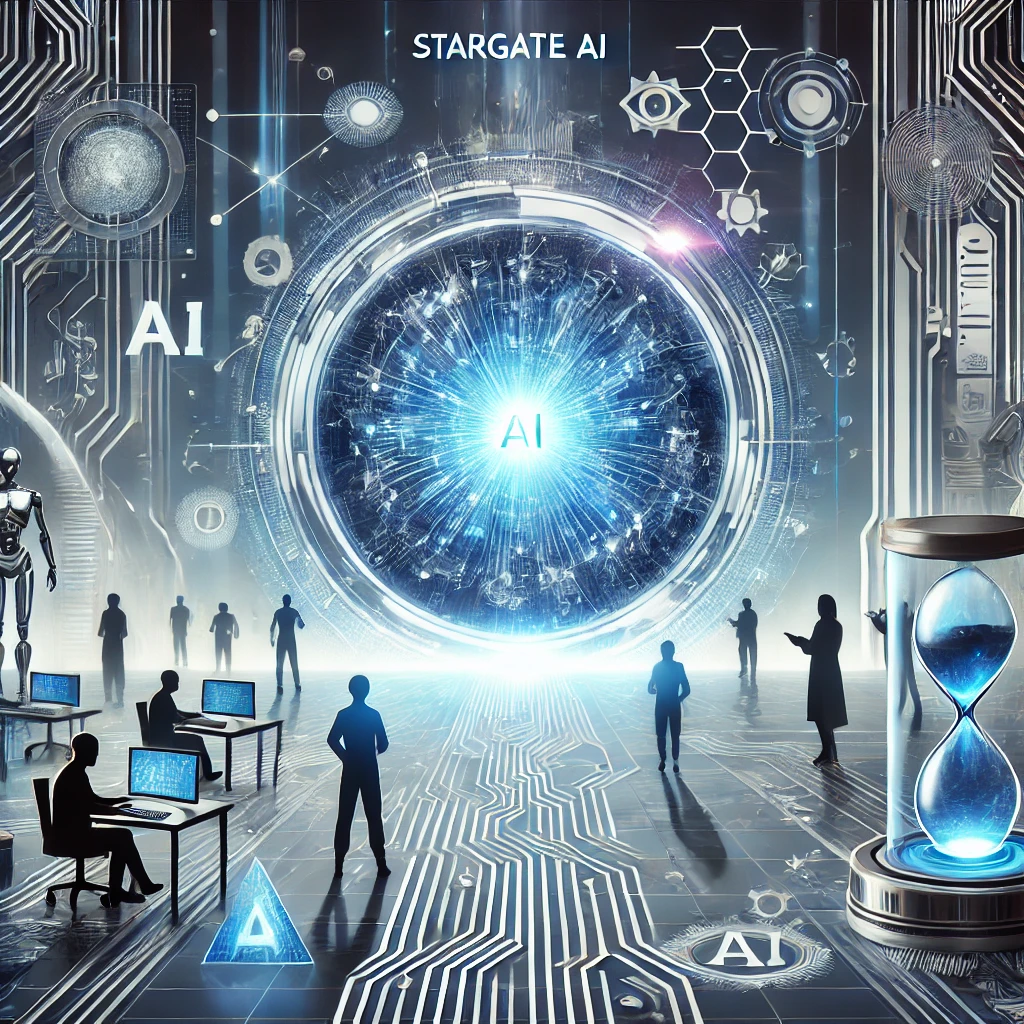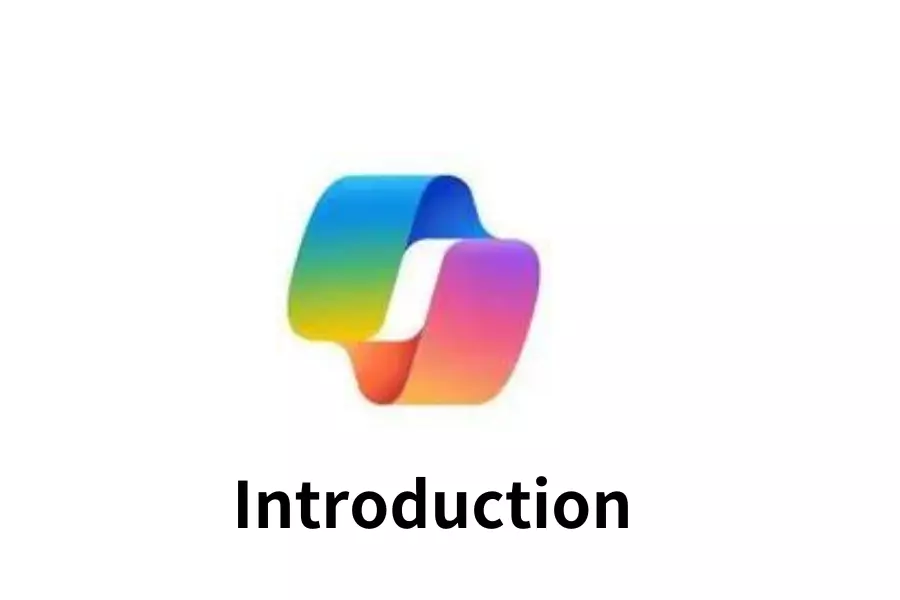OpenAI Introduces New Speech AI Model: gpt-4o-transcribe and Its Potential Applications
Description
OpenAI has recently launched three new in-house speech AI models, including gpt-4o-transcribe, gpt-4o-mini-transcribe, and gpt-4o-mini-tts. These models are designed to improve the accuracy and performance of speech-to-text and text-to-speech conversion and are now available via API for developers. Additionally, OpenAI has introduced OpenAI.fm, allowing individual users to directly experience these technologies.
The most notable among them, gpt-4o-transcribe, is considered an upgraded version of OpenAI’s Whisper model from two years ago, demonstrating exceptional transcription accuracy across multiple languages. This technological advancement enhances AI’s ability to process speech in noisy environments, different accents, and variable speech speeds, making it more viable for applications such as customer service, meeting transcription, and intelligent assistants.
gpt-4o-transcribe: More Accurate Than Whisper in Speech Transcription
1. Lower Error Rate Across Multiple Languages
According to OpenAI’s data, gpt-4o-transcribe has significantly reduced the word error rate (WER) in tests across 33 languages. In English speech transcription, the error rate is only 2.46%, far lower than the previous Whisper model. This indicates that AI speech recognition technology is approaching human-level accuracy, making it particularly suitable for high-precision applications such as legal or medical transcription.
Additionally, the model supports over 100 languages and maintains high accuracy even in noisy environments, representing a significant breakthrough for multilingual applications.
2. Improved Speech Activity Detection to Reduce Punctuation Errors
OpenAI engineer Jeff Harris revealed that gpt-4o-transcribe incorporates Semantic Speech Activity Detection, which helps AI accurately determine when a sentence ends, reducing punctuation errors and improving transcription readability. Previously, AI might insert commas or periods in the middle of sentences randomly, affecting comprehension. This new technology allows transcriptions to align more closely with natural human speech patterns.
3. Supports Streaming Transcription for Real-Time Applications
gpt-4o-transcribe also supports streaming speech-to-text, enabling developers to input speech in real time and receive continuous transcription output. For applications like intelligent voice assistants or real-time captioning, this feature allows AI to respond more naturally, offering a smoother user experience.
4. No Speaker Diarization Support Yet
Currently, this model does not support speaker diarization, meaning that when multiple speakers are present in an audio file, the transcription does not differentiate between them but instead merges all dialogue into one text output. While this may be a drawback for use cases requiring speaker identification, the overall improvement in transcription accuracy remains a significant advancement.
API Now Available for Developers to Integrate Speech AI
1. Open API for Easy AI Speech Integration
The gpt-4o-transcribe API is now available, allowing developers to integrate it into various applications, such as:
- E-commerce platforms can introduce voice search or voice-based customer service, enabling users to query order information via speech.
- Enterprise applications can automatically transcribe meetings, helping employees efficiently organize notes.
- Customer service centers can use AI to automatically transcribe conversations with customers, improving response speed and service quality.
2. Requires Minimal Code to Implement
According to OpenAI, for applications already using the GPT-4o text model, only about nine lines of code are needed to integrate voice interaction capabilities. For instance, developers can easily enable AI to read text aloud and respond with synthesized speech, providing a more natural voice assistant experience.
3. Not Yet Integrated into ChatGPT, but Future Support Possible
Currently, OpenAI has stated that these new models will not be directly integrated into ChatGPT for now, primarily due to cost and performance considerations. However, as technology advances, future integration may be possible, enhancing ChatGPT’s voice processing capabilities.
Potential Applications of gpt-4o-transcribe
Given its powerful speech transcription capabilities, this technology is well-suited for a variety of industries. Here are some key application scenarios:
1. Customer Service Centers: Enhancing Automation and Service Quality
Customer service centers often need to transcribe customer calls for analysis or follow-up services. With gpt-4o-transcribe, businesses can quickly and accurately transcribe conversations, reducing the manual workload and improving the customer experience.
2. Automated Meeting Transcription: Boosting Corporate Efficiency
Many companies record meetings for later reference, but manually organizing notes can be time-consuming. This AI model can automatically transcribe meeting content and, using NLP (Natural Language Processing), generate meeting summaries, making it easier for employees to review key points.
3. Smart Assistants: Creating More Natural Voice Interactions
Speech AI is crucial for smart assistant applications. For example, voice assistants like Siri and Google Assistant can leverage gpt-4o-transcribe to improve speech recognition accuracy and enhance user interactions. In the future, this technology could also be applied to smart home devices, enabling voice-controlled lighting, music playback, and more.
Competitors and Future Outlook
While OpenAI has made significant advancements in speech AI, there are still competitors in the market, such as:
- ElevenLabs’ Scribe, which also features low error rates and supports speaker diarization.
- Hume AI’s Octave TTS, which offers more refined speech synthesis controls, allowing adjustments to tone and emotional expression.
- The open-source community, which continues to develop high-performance speech models like Mozilla DeepSpeech and Facebook’s Wav2Vec2.
However, OpenAI’s advantage lies in its robust AI ecosystem, where its speech models seamlessly integrate with GPT-4o and other AI products, offering a more comprehensive solution.
As speech AI technology evolves, we can expect more applications in the future, such as real-time speech translation, intelligent medical voice documentation, and more efficient AI-driven customer service bots.
What other potential applications do you see for this technology? Feel free to share your thoughts!
🔗 Try it out here: OpenAI.fm




